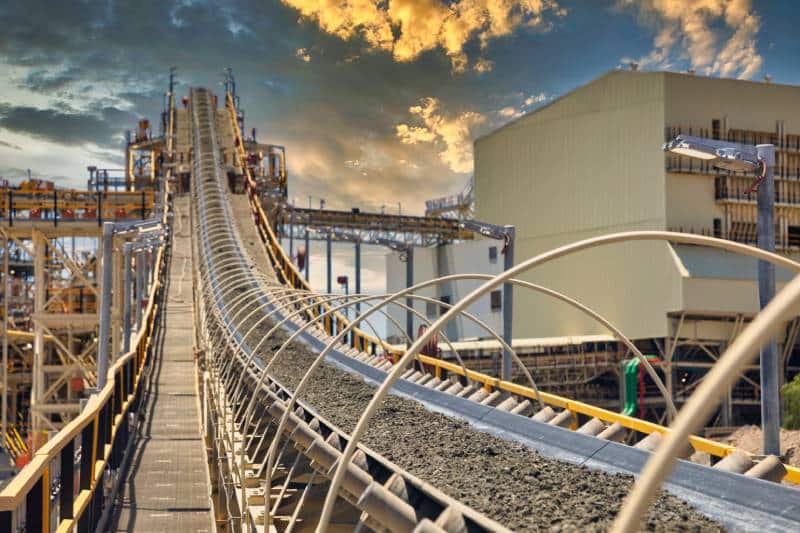The Process of Upgrading or Adding New Conveyor Systems
Efficient material handling is crucial for mining productivity, safety, and cost-effectiveness. Whether you’re upgrading an existing conveyor system or adding a new one, careful planning and execution are essential. This guide will walk you through the step-by-step process of upgrading or installing a new conveyor system to ensure optimal performance and long-term success.

1. Assessing Current Needs & System Performance
Begin with a thorough assessment of your existing conveyor system(s). Consider factors such as:
- Throughput capacity: Can your current system handle your desired material volume?
- Downtime and maintenance costs: Are excessive repairs slowing down operations?
- Safety concerns: Are there any compliance or operational safety risks?
- Efficiency: Is the system optimized for speed and energy consumption?
The engineers at West River Conveyors can help you identify performance gaps and determine whether upgrading your existing conveyor(s) or adding a new system is the best option.
2. Defining Upgrade or New System Requirements
Once you understand your current system’s limitations, the next step is defining your project’s scope. Consider the following:
- Type of material being conveyed: Different materials such as aggregate and salt may require different conveyor designs and/or configurations.
- Conveyor length and incline: These factors impact power requirements and belt specifications.
- Environmental conditions: Temperature, humidity, and dust levels influence material selection.
- Capacity and load considerations: The system must support your throughput expectations.
3. Designing the New or Upgraded Conveyor System
The design phase is critical for ensuring efficiency, reliability, and compliance with industry regulations. This phase involves:
- Selecting the appropriate conveyor type (e.g., overland or underground)
- Choosing the right conveyor belt, belt drive, rollers, and more
- Designing for safety features such as guards, emergency stop mechanisms, and fire-resistant materials
- Integrating automation and monitoring systems for real-time performance tracking
4. Engineering & Customization
Each mining operation has unique requirements, so customization is often necessary. Common customization components include:
- Motors and drives for energy efficiency
- Load zones and impact beds to handle heavy materials
- Belt cleaners and dust suppression systems to maintain cleanliness and prolong belt life
At West River Conveyors, our team of engineers works closely with you to develop conveyor systems that align with your operational goals.
5. Installation & Commissioning
Installing a new or upgraded conveyor system requires careful coordination. The process involves:
- Preparing the site and ensuring foundations are suitable
- Assembling and aligning conveyor structures and components
- Conducting test runs to check for misalignment, vibrations, and load-bearing performance
- Training staff on proper operation and safety protocols
A proper commissioning process ensures that the system operates smoothly before it is fully integrated into daily operations.
6. Ongoing Maintenance & Optimization
Once the new system is operational, regular maintenance is crucial for longevity and efficiency. Implementing a preventive maintenance plan includes:
- Routine inspections for wear and tear
- Lubricating moving parts to prevent friction damage
- Monitoring belt alignment and tension
- Upgrading components as needed to maintain peak performance
Using predictive maintenance technology, such as sensor-based monitoring, can help detect potential failures before they become critical.
Expand Your Conveyance Capabilities with West River Conveyors
Upgrading or adding a conveyor system in a mining operation is a complex process that requires careful planning, expert engineering, and precise installation. At West River Conveyors, our experienced engineers can help you ensure a seamless transition that enhances productivity, reduces downtime, and improves safety. Contact us today to learn more about upgrading or adding a conveyor system.

